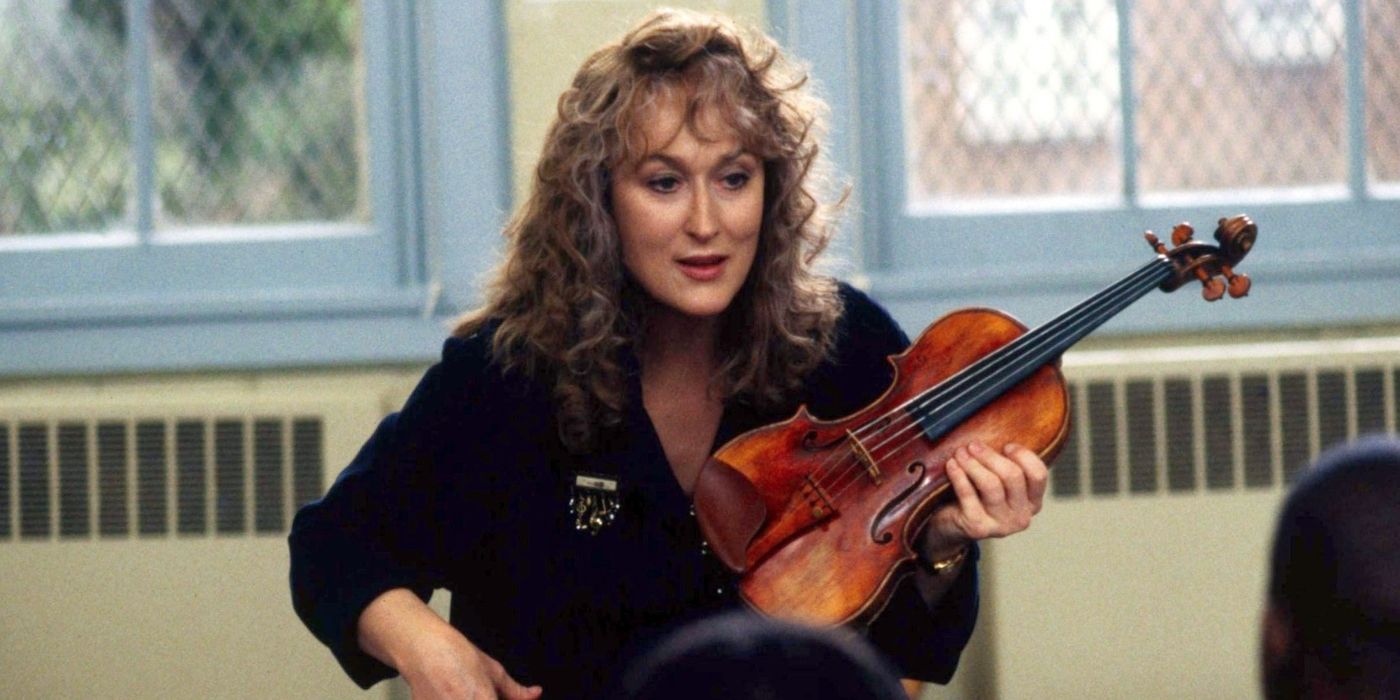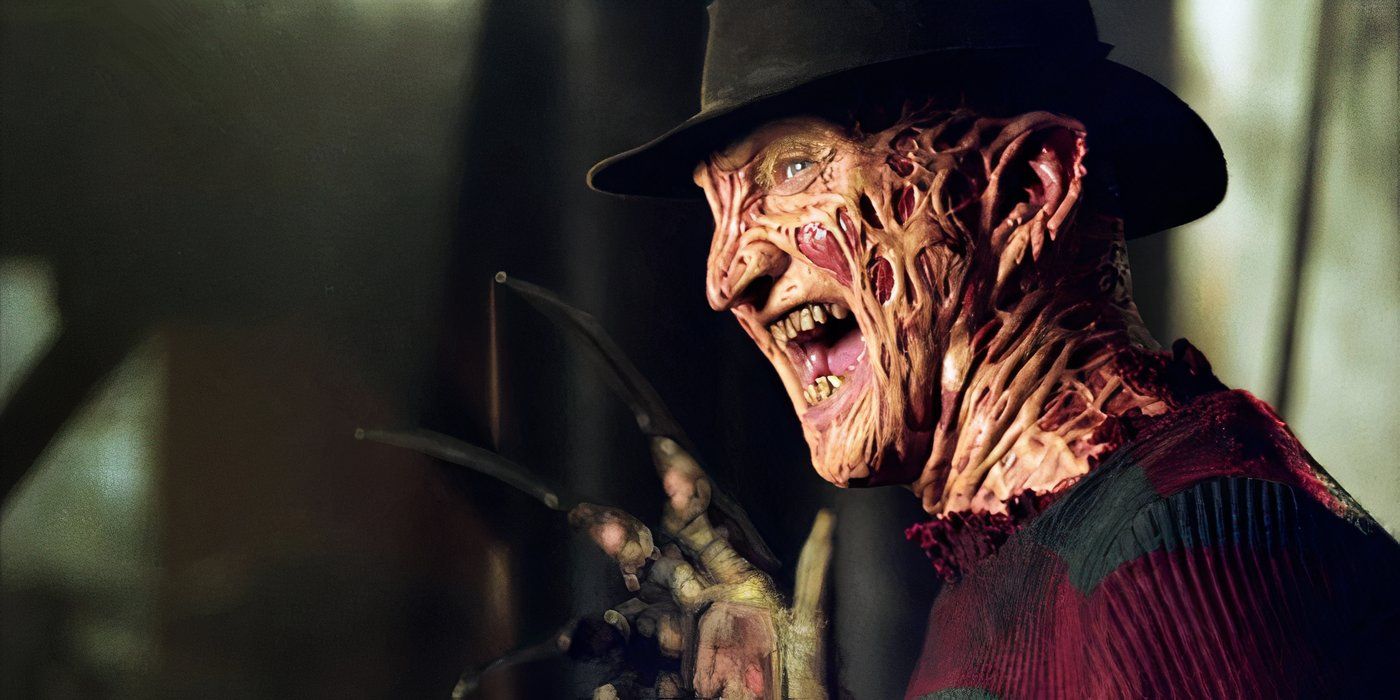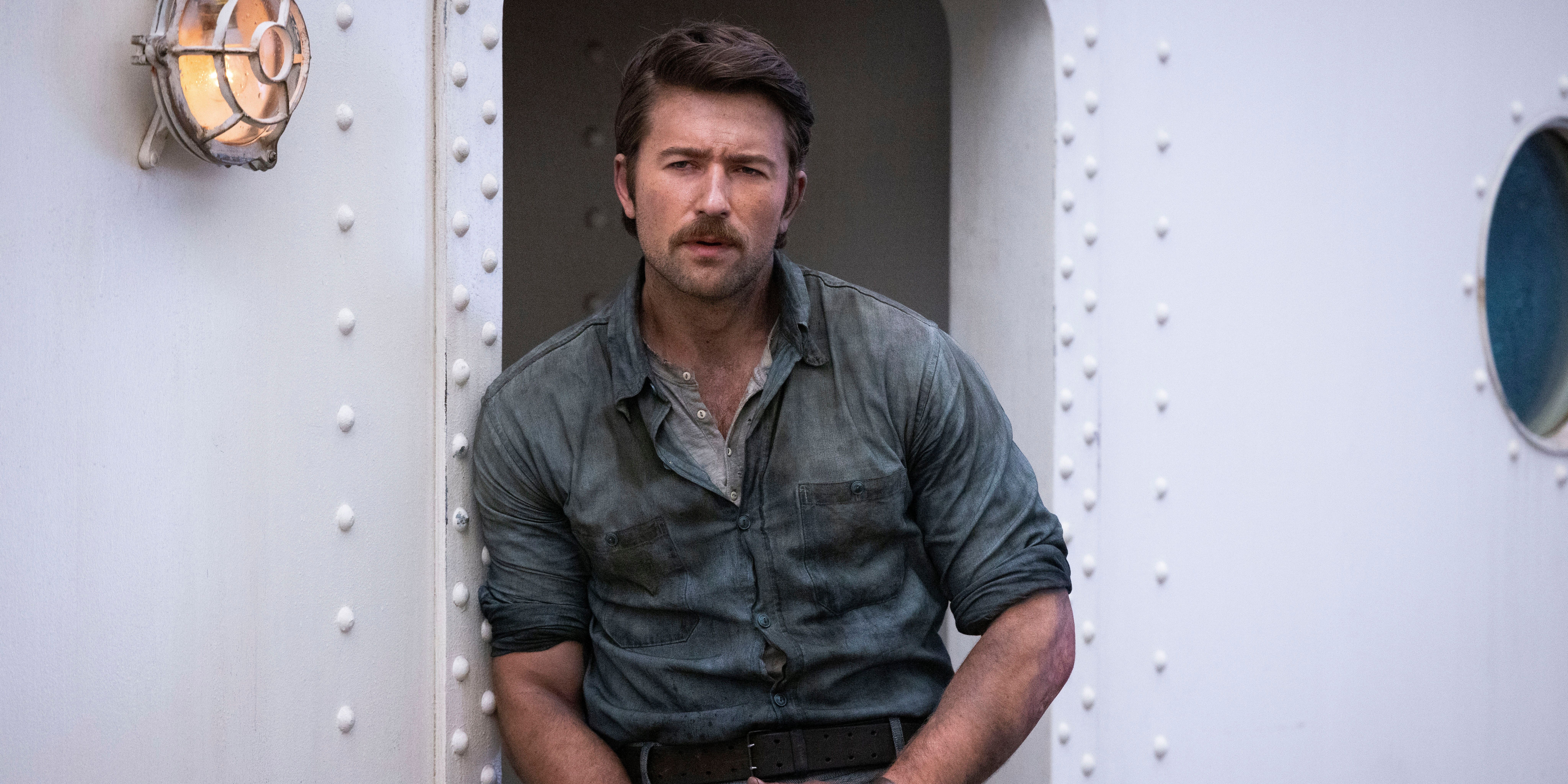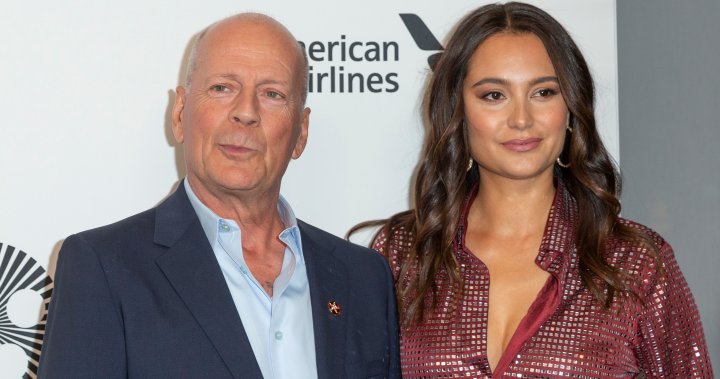Few directors were as synonymous with the horror genre as Wes Craven. Craven directed 20 feature films before his death in 2015, and all but one of them had thrills and chills of some form or another. The lone holdout: 1999’s Music of the Heart. Many were left scratching their heads when Craven’s name popped up in the credits of this biographical drama, which earned Meryl Streep one of her many, many Oscar nominations. Yet on closer inspection, there are many themes that appealed to the director, and his interest in the material proves that there was always something deeper going on in his horror movies.
‘Music of the Heart’ Was Craven’s Attempt To Break Out of His Horror Cage
The plot of Music of the Heart is about as far away from a typical Wes Craven movie as you could get. It tells the true story of Roberta Guaspari (Streep), a talented violinist who falls on hard times after her husband leaves. She hears about a teaching opportunity at a Harlem high school, and she convinces the principal, Janet Williams (Angela Bassett), that some good use can be made out of the 50 small violins she purchased while in Greece with her former husband. Before long, her music class is one of the most popular in the school, but a cut in funding threatens its survival. Guaspari strings together (pun intended) a benefit concert to save the program, with real life musicians Itzhak Perlman, Arnold Steinhardt, and Isaac Stern showing up to hear the kids play at Carnegie Hall.
As Craven revealed in an interview with fellow horror maestro Mick Garris, according to an article from People, the success of the first Scream led to a three-movie deal with Bob and Harvey Weinstein at Miramax and its more genre-friendly subdivision, Dimension. Two out of the three would be Scream sequels, while the third would be a project of his choosing. He picked an adaptation of the Oscar-nominated documentarySmall Wonders, which had several parallels to his own life. “It just appealed to so many things,” Craven revealed. “I’d been a teacher. I’d been divorced. I’d lived in New York and loved New York. I love all sorts of music, including classical music. It was a great story, and I thought I could get an actress who was top-notch.” (Craven had originally wanted Madonna, but she left the project due to creative differences.) It’s that familiarity with the subject that helps him avoid the pitfalls that often befall genre directors who decide to make prestige projects: reaching beyond your grasp and falling into melodrama. Craven feels confident and comfortable, and never strains for effect when telling this story.
Music of the Heart offered Craven the opportunity to branch out from his reputation as a horror guy, which, by his own admission, had its positives and negatives. “I come from a blue-collar family. I’m just glad for the work,” he said in that same interview. “If I have to do the rest of my films in the genre, no problem. I’ll take every opportunity to get out, but if I am going to be a caged bird, I’ll sing the best song I can.” Craven never got another chance to sing a different song, despite this film’s Oscar-caliber success. (He did contribute a very non-horror segment to the 2006 anthology film, Paris, I Love You.) Yet to simply call him a horror guy is reductive, as his films were much smarter and more subversive than they were given credit for.
Wes Craven Was Always More Than a Horror Movie Filmmaker
Like a lot of directors, Craven got his start in horror as a means of breaking into the movie business, and never broke free from it. Yet unlike lesser slasher filmmakers, Craven used the genre as a Trojan horse to tell deeper stories. His debut, the grungy The Last House on the Left, took inspiration fromIngmar Bergman‘s The Virgin Spring to tell a devastating story of the endless cycle of violence and grief that comes from revenge. A Nightmare on Elm Street used the logic of dreams to explore the tenuous line between reality and fantasy, and the danger of the two blurring. Scream and its sequels subverted slasher movie clichés by self-reflexively commenting on itself: the audience is always aware that it’s watching a horror film, and a really effective one at that. He may have seen himself as a caged bird, but that didn’t affect how beautifully he sang.
Music of the Heart is available to watch on Prime Video and the U.S.
Watch on Prime Video



















